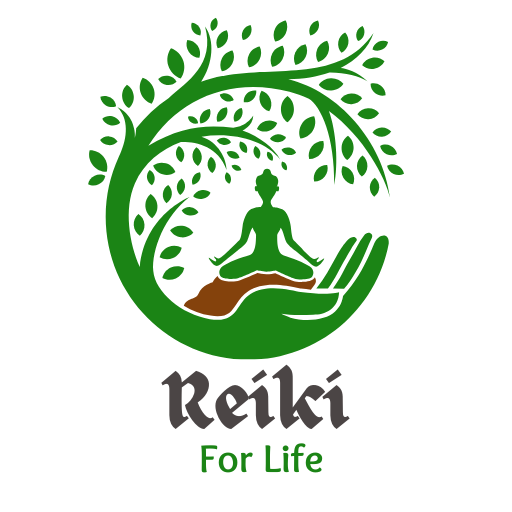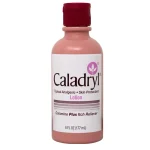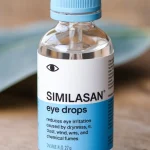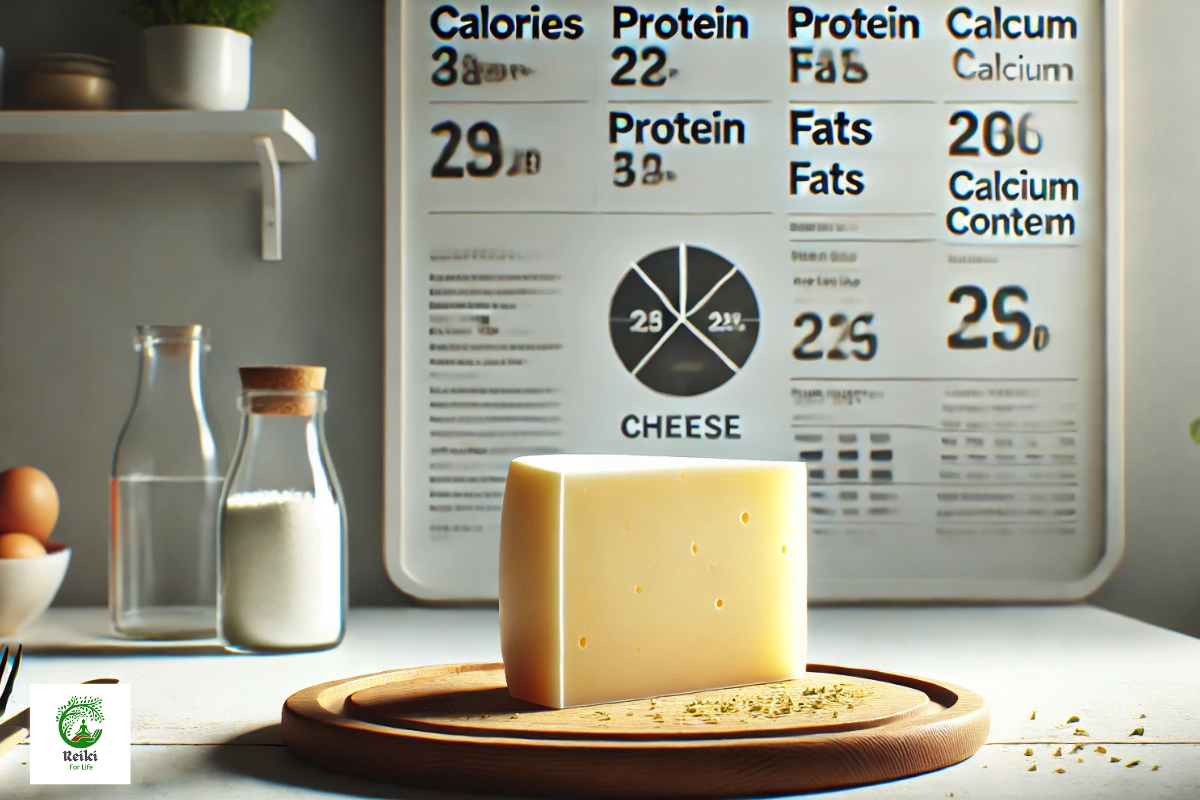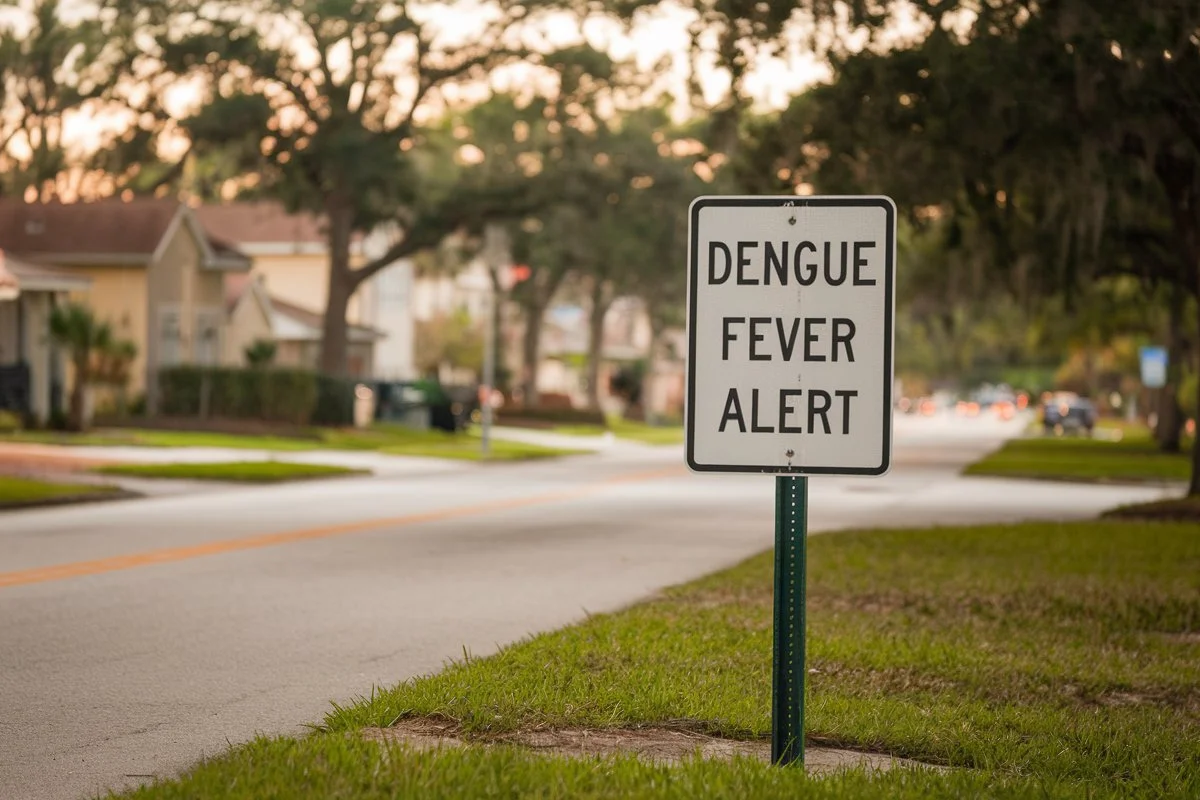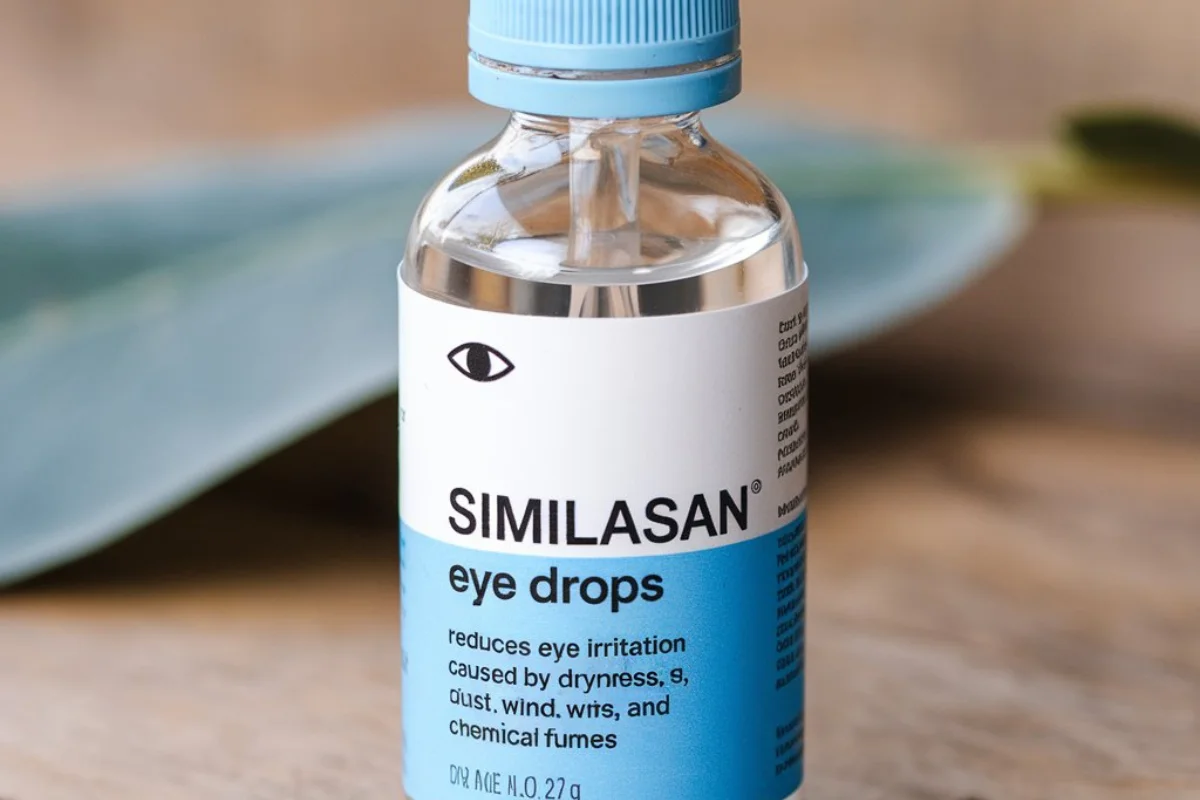A Healthy Choice or Guilty Pleasure?
Cheese slices are a versatile and convenient food that enhances the taste of sandwiches, burgers, and snacks. But beyond their creamy texture and delicious flavor, what do cheese slices contribute to your diet? Understanding cheese slice nutrition facts is key to deciding how to include them in a healthy eating plan. Cheese slices typically provide a good source of protein and calcium, but they can also be high in saturated fats and sodium. Therefore, it’s important to consider portion sizes and the overall balance of your diet when enjoying cheese slices.
In this article, we explore the nutrition facts of cheese slices, their benefits, and how to consume them responsibly for a balanced diet.
What Is a Cheese Slice?
Cheese slices are thin, pre-portioned servings of processed or natural cheese. They are available in various types, including American, cheddar, mozzarella, and Swiss, catering to diverse taste preferences. While convenient, their nutritional content varies depending on whether they are made from real cheese or processed alternatives.
Cheese Slice Nutrition Facts
The nutritional content of a standard cheese slice (about 20–28 grams) can vary based on the type and brand. Here’s a general breakdown of the common nutrients found in cheese slices:
| Nutrient | Approximate Value per Slice |
|---|---|
| Calories | 60–120 |
| Protein | 3–6 grams |
| Fat | 4–9 grams |
| Saturated Fat | 2–5 grams |
| Cholesterol | 10–25 milligrams |
| Sodium | 150–300 milligrams |
| Calcium | 10–20% of the Daily Value (DV) |
| Carbohydrates | 1–3 grams |
Key Nutrients in Cheese Slices
Protein
Slices of cheese are a good source of protein, a macronutrient that is necessary for tissue growth, repair, and maintenance of general health.
Calcium
Cheese slices are rich in calcium, which is vital for strong bones and teeth, as well as proper muscle function and nerve signaling.
Fat and Saturated Fat
Cheese slices contain dietary fat, which is a necessary energy source. However, saturated fat should be consumed in moderation as part of a balanced diet to maintain heart health.
Sodium
The sodium content in cheese slices can be relatively high, especially in processed varieties. Monitoring sodium intake is essential to avoid excessive consumption, which may contribute to high blood pressure.
Benefits of Cheese Slices
Convenient Nutrition
Cheese slices provide an easy way to add protein and calcium to meals or snacks, making them a convenient option for busy lifestyles.
Versatile Ingredient
Their melt-in-your-mouth quality and rich flavor make cheese slices a popular addition to various dishes, from grilled cheese sandwiches to pasta and casseroles.
Energy Boost
The combination of fats and proteins in cheese slices provides a quick energy source, especially useful for active individuals or those needing a midday snack.
Considerations for Healthier Choices
opt for Natural Cheese Slices
Natural cheese slices, such as cheddar or mozzarella, typically contain fewer additives and preservatives compared to processed cheese slices.
Check Labels for Nutritional Content
Look for slices with lower sodium and saturated fat content. Choose options fortified with vitamins like vitamin D for added benefits.
Portion Control
Enjoy cheese slices in moderation to prevent overconsumption of calories and fat. Pair them with whole grains, vegetables, or lean protein for a balanced meal.
Allergen Awareness
Cheese slices may contain milk allergens or additives. If you are lactose intolerant or allergic to dairy, opt for lactose-free or plant-based cheese alternatives.
Cheese Slices in a Balanced Diet
To make the most of cheese slices while maintaining a healthy diet:
- Combine Wisely: Pair cheese slices with fiber-rich foods like whole-grain bread or fresh vegetables to balance nutrients.
- Use as a Topping: Instead of relying on cheese slices as a primary ingredient, use them as a flavorful topping for dishes like omelets or baked potatoes.
- Alternate with Alternatives: Incorporate plant-based cheese slices occasionally to reduce saturated fat intake.
Conclusion
When you choose your cheese slices carefully, they can be a tasty treat and a healthy supplement to your diet. You may indulge in the creamy richness of cheese slices without sacrificing your health objectives if you are aware of cheese slice nutrition facts and use them carefully. Making educated decisions that suit your dietary requirements is made possible by paying attention to the nutritional composition, which includes factors like calories, protein, fat, and sodium.
With a variety of types and flavors available, cheese slices remain a favorite for many—a testament to their versatility and taste. Just remember, as with all foods, moderation is key.
FAQs
Are cheese slices healthy?
Cheese slices can be a healthy addition to your diet if consumed in moderation, as they provide protein and calcium. However, processed varieties may contain high sodium and saturated fat.
How many calories are in a cheese slice?
A cheese slice typically contains 60–120 calories, depending on the type and brand.
What’s the difference between processed and natural cheese slices?
Emulsifiers, preservatives, and extra flavorings are frequently added to processed cheese slices, whereas natural cheese slices are created from actual cheese with few additions.
Are cheese slices good for weight loss?
Cheese slices can be part of a weight-loss plan if portioned carefully and paired with nutrient-dense foods to create a balanced diet.
What are the healthiest cheese slices?
Look for natural cheese slices with lower sodium and fat content, such as part-skim mozzarella or Swiss cheese.
Can lactose-intolerant individuals eat cheese slices?
Lactose-intolerant individuals can opt for lactose-free cheese slices or plant-based alternatives made from nuts or soy.
